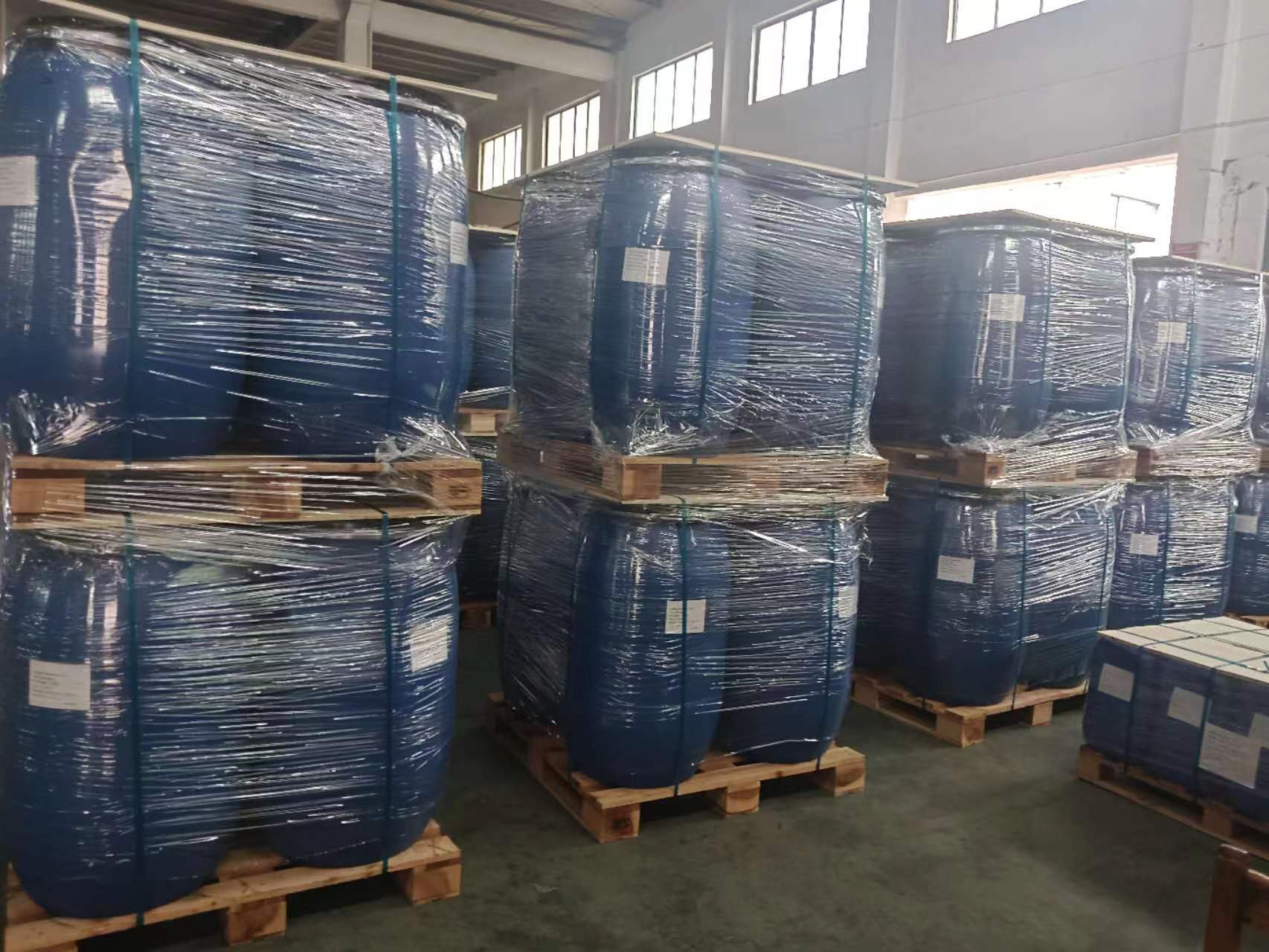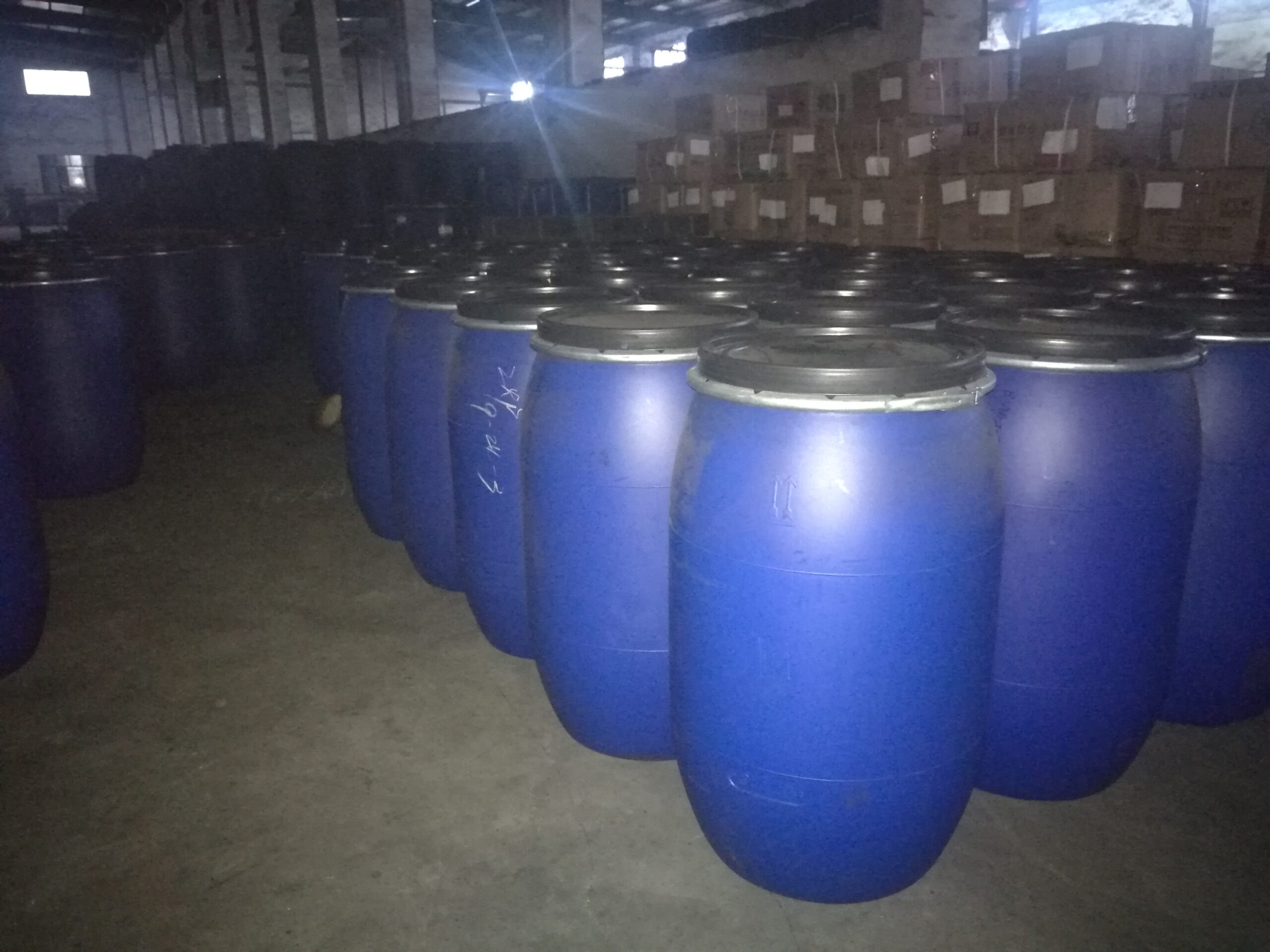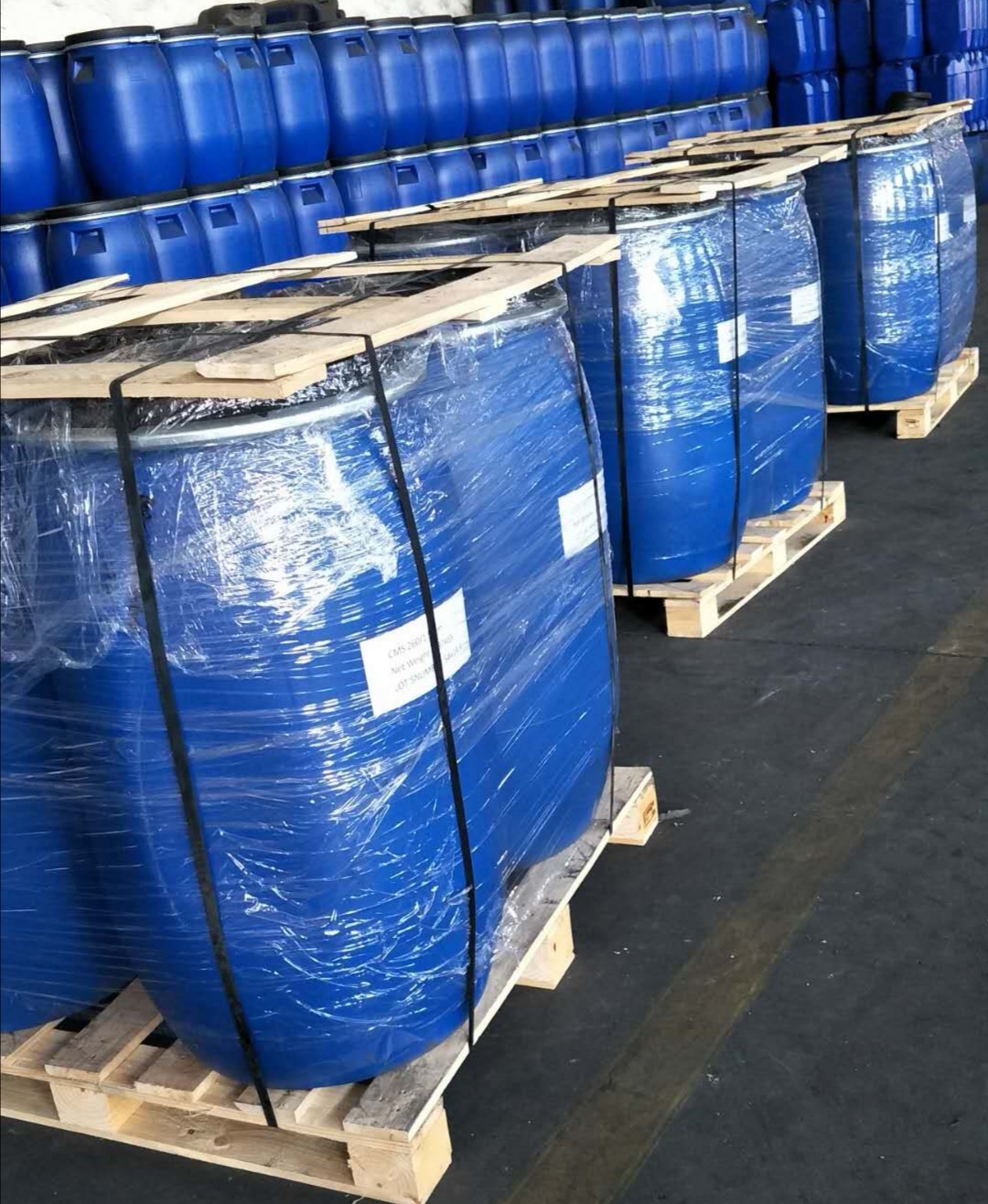The difference between activated carbon and carbon molecular sieves
一、 Basic Concepts of Carbon Molecular Sieves and Activated Carbon
Carbon molecular sieves are a new type of molecular sieve material composed of high-purity carbon molecules with specific pore size distribution. They possess a very unique molecular sieve effect and separation efficiency, and their pore sizes can be precisely controlled through the preparation process conditions. The pore size distribution characteristics of carbon molecular sieves make them highly selective in adsorbing certain molecules of specific sizes. They are widely used in the air separation industry, as catalyst carriers, and for hydrogen purification, among other fields.
Activated carbon, on the other hand, is a porous material made from carbonaceous materials through special treatment. It mainly consists of carbon, hydrogen, oxygen, and nitrogen, and has a very high specific surface area and well-developed pore structure. These pore structures give activated carbon a strong adsorption capacity, enabling it to adsorb and remove organic substances, heavy metals, and other impurities from water. It is widely used in water treatment, chemical engineering, and pharmaceutical industries.

二、 Differences between Carbon Molecular Sieves and Activated Carbon
From the perspective of material properties, carbon molecular sieves are composed of carbon molecules and have a unique molecular sieve effect and separation efficiency, capable of separating small molecule gases such as oxygen, nitrogen, hydrogen, methane, and ethane; while activated carbon is a porous material with a very high specific surface area and adsorption performance, capable of adsorbing various chemical substances and impurities.
From the perspective of application fields, carbon molecular sieves are mainly used in the air separation industry, as catalyst carriers, and for hydrogen purification, capable of efficiently separating small molecule gases and obtaining high-purity gases; while activated carbon is mainly used in air purification, water treatment, chemical engineering, and pharmaceutical industries, capable of efficiently adsorbing chemical substances and impurities.
From the perspective of preparation processes, the preparation process of carbon molecular sieves is relatively complex, requiring higher preparation temperatures and longer times, and is relatively expensive; while the preparation process of activated carbon is relatively simple and has a lower cost.
三、Characteristics and Advantages/Disadvantages of Carbon Molecular Sieves and Activated Carbon
Carbon molecular sieves, as a new type of molecular sieve material, have a very unique molecular sieve effect and separation efficiency, capable of efficiently separating small molecule gases, and are a very promising high-tech new material. However, due to their complex preparation process and high cost, their utilization rate in industrial applications is relatively low at present.

Activated carbon, on the other hand, has strong adsorption capacity and chemical stability and is a relatively mature material. Due to its simple preparation process and low cost, it has a wide range of applications. However, due to its non-selective adsorption performance, it may have a low adsorption rate for some substances, and there are also issues such as dust pollution and high regeneration costs. Therefore, in some special application fields, the application effect of activated carbon may not be as good as that of carbon molecular sieves.
Carbon molecular sieves have characteristics such as selective adsorption capacity, good chemical stability, and strong high-temperature resistance.
The adsorption performance of activated carbon is mainly reflected in its non-selective adsorption of various substances. It can adsorb molecules of different sizes and properties. Therefore, activated carbon is widely used in water treatment, air purification, and other industries.
In comparison, the adsorption performance of carbon molecular sieves is more “picky”. It mainly selectively adsorbs molecules of specific sizes. This selective adsorption gives carbon molecular sieves a reliable advantage in the separation and purification of certain specific substances.
四、 Future Development Directions of Carbon Molecular Sieves and Activated Carbon
In terms of future development, both carbon molecular sieves and activated carbon have broad prospects. Carbon molecular sieves, due to their selective adsorption performance, are widely used in gas separation and purification industries. For example, in the hydrogen production process, carbon molecular sieves can effectively separate hydrogen and improve its purity; in natural gas processing, carbon molecular sieves can be used to remove impurities such as carbon dioxide from natural gas.
Activated carbon, due to its wide range of adsorption performance, can be used in water treatment and air purification, playing a significant role in environmental protection. In the water treatment industry, it is often used to remove odors, pigments and non-beneficial substances from water to improve water quality; in the air purification industry, activated carbon can adsorb non-beneficial gases and particles in the air. From an economic perspective, the current preparation process of carbon molecular sieves is relatively complex and has limited development prospects. However, due to its excellent application performance in some fields, it has a relatively broad market prospect. In contrast, the development prospects of activated carbon are relatively stable. Due to its simple preparation process and low cost, it has a significant advantage in the market. In summary, although activated carbon and carbon molecular sieves are both carbon materials, they have significant differences in material properties, adsorption performance, application fields, and preparation processes. Carbon molecular sieves have many advantages, but their preparation process is relatively complicated and their development prospects need to be improved. Activated carbon, on the other hand, has a mature preparation process and a wide range of application fields, and its development prospects are relatively stable. In practical applications, we need to choose the appropriate material based on specific needs.



